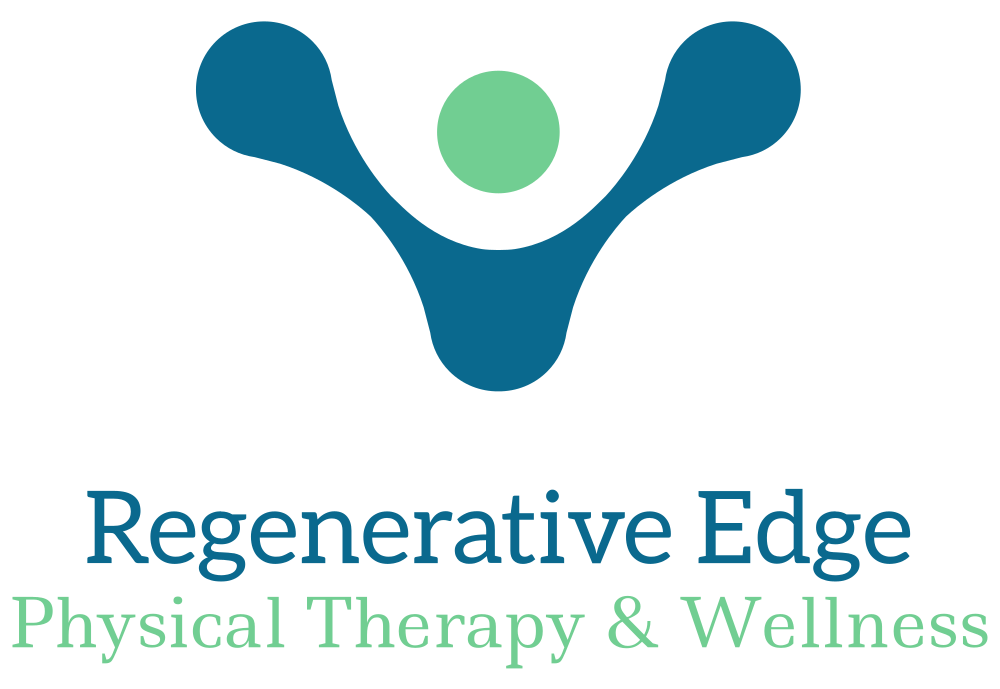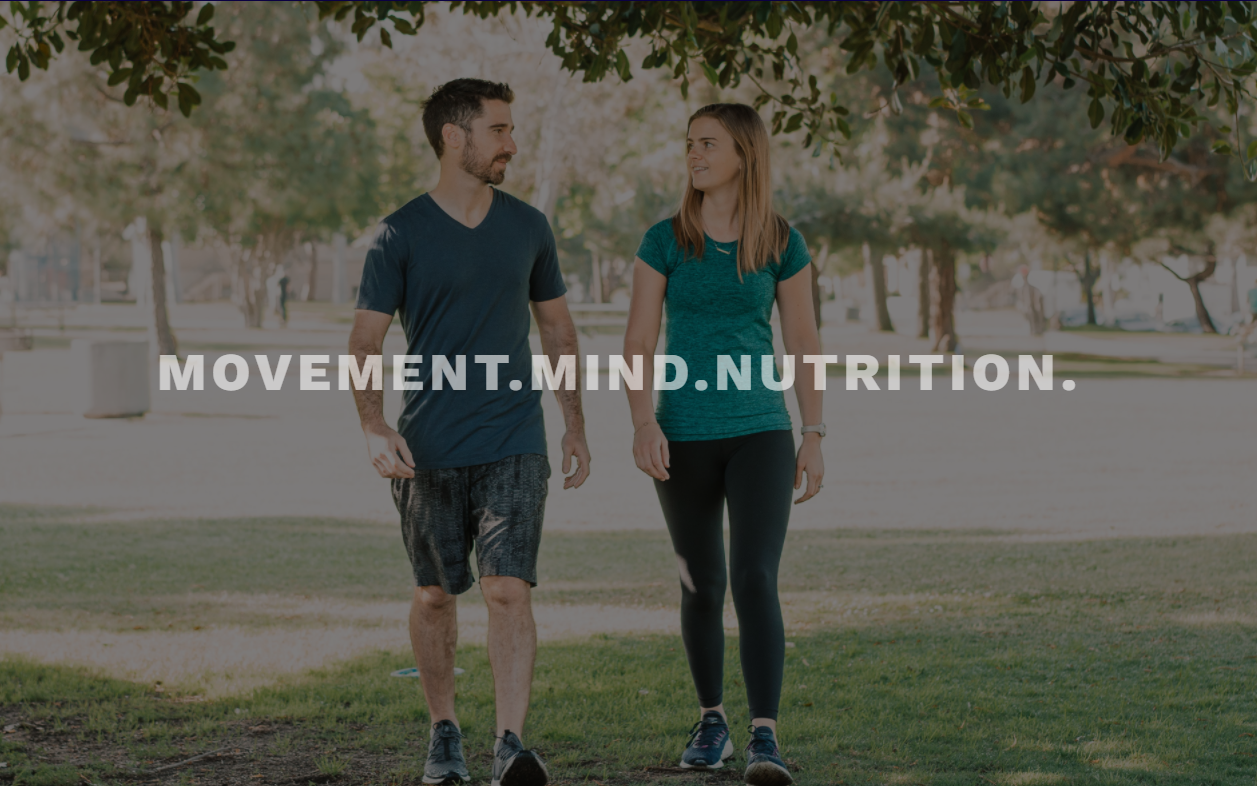
Checking in with your OB and/or midwife, getting to know your doula, opening up with a prenatal massage, and attending a childbirth education class are amazing tools to start preparation for childbirth. But have you heard of the secret sauce to birth prep? I’ll let you in on the secret, because it is time it becomes mainstream. PELVIC FLOOR PHYSICAL THERAPY!!
Pelvic floor physical therapists can address so much when it comes to pregnancy and birth prep. Even after getting through a doctorate degree in physical therapy school, expertly trained pelvic floor physical therapists take MANY, many hours of courses, certifications, mentorship, etc to learn extensively about the pelvic floor and how it interacts with the rest of our body. Not only are they musculoskeletal experts, but they can specifically address how your pelvic floor plays a role in pregnancy and childbirth, assess for any current or potential pelvic floor concerns (leaking, anyone?), dive deep into your posture and breathing, screen for your current activity patterns, and wrap all of this into a nice bow for individualized treatment plans and recommended birthing strategies.
What does all of this look like and what should you expect from a pelvic floor physical therapist while you are pregnant and preparing for childbirth?
- Baseline screening:
- Do you have any current pelvic floor symptoms or tendencies that could lead to issues during birth or postpartum?
- What is your muscle strength like? Can any areas be trained now for a current issue or assisting in postpartum duties (ie, picking up baby all the time)?
- How have you been feeling throughout pregnancy? Do you need any referrals to other providers?
- What does your average day look like? Are there any habits (sleep, activity, diet, mental health, etc) that might be helpful to make or break?
- What is a typical posture for you? Does this work for you or would it be helpful to make some changes?
- Where are you now and what goals do you have for birth and postpartum?
- Posture education
- Posture does not have to be perfect all of the time, but commonly during pregnancy the back starts to arch more and more and the rib cage flares outward as baby grows. This can often lead to back pain, rib pain, difficulty breathing, pelvic girdle pain, abdominal weakness, etc.
- Learn how to “Stack” your ribcage over your pelvis to reduce pain and improve abdominal control.
- Pelvic Floor motor control
- This is the bread and butter of pelvic floor physical therapy. The pelvic floor muscles must stretch 3-4x normal length to let baby pass through the vagina during birth. Assessing and prepping these muscles is KEY!
- Is your pelvic floor strong or weak? Is it too tight? Do you tend to clench all day – but not know it? Do you “bear down” instead of squeezing and lifting.
- We are looking for a balance of strength and relaxation (just like you want to do a bicep curl, but also put the weight down after).
- Perineal Massage
- Around 34 weeks, perineal massage can be initiated to help stretch the perineum and provide a sensation of baby passing through the vagina. Some research shows it may even reduce tearing after childbirth.
- Learn how to perform perineal massage on your own, with a partner and how to breathe into it for when it’s baby time.
- Positioning for labor and birth
- A bonus of learning positioning with a PFPT is that they can factor in any prior injuries or current pain to give you best recommendations for labor and birth. Some may be comfortable squatting while others will be comfortable on all fours.
- Gather a toolbox of how to make yourself more comfortable during labor and birth. The more you practice now, the more automatic it becomes, and the less you have to think during labor.
- Pushing strategies
- Pushing strategies can make a difference in time spent pushing, tearing, and comfort during birth.
- Closed vs open glottis pushing each have pros and cons, and are helpful to have in your toolbox. Imagine straining and holding your breath to pass a bowel movement VS exhaling and gently lengthening to pass a BM. This is effectively closed VS open glottis, and it comes back to pelvic floor motor control – remember PFPTs are the experts in this!
- This isn’t an intuitive practice for everyone, it makes sense to get training so that you can do it come birth.
- Partner training
- Giving partners knowledge of how they can help the birthing person during labor and birth is so EMPOWERING.Most PTs offer partner training to guide comfort measures, assistance during positioning, breathing and pushing cues, perineal massage techniques.
- Core activation
- As baby grows and the abdominal muscles lengthen around the belly, it can be harder to feel and use these muscles. This is normal and natural, but we can still find ways to make it easier for you.
- Ever heard of diastasis recti? It is completely normal in all pregnant women by the end of third trimester. Learning how to recognize it, keep tension in your abdomen, and manage changes in intra-abdominal pressure due to lifting, impact, squatting, etc can give you better support during postpartum recovery.
- Never really trained your core? Let a PFPT help you learn now!
- Exercise plans
- Exercising during pregnancy has wonderful benefits for both baby and mom, and can be completely safe. The American College of Obstetrics and Gynecology states physical activity during pregnancy is associated with minimal risks and benefits most women.
- If you are not sure how to start, continue, or modify exercise during the prenatal period, consult with a PFPT or get a referral to a Pregnancy & Postpartum Athleticism Coach.
- PFPTs can give you specific cues to make certain exercises more effective, and guide you in modifying exercises for any symptoms that may be present as well.
Bottom line: if you are currently experiencing any issues such as pain, incontinence, prolapse, constipation, painful sex, or anxiety concerning childbirth, consult with a PFPT to resolve these concerns and prevent them from getting worse throughout your pregnancy and postpartum recovery. Even if you do not currently have any of the above, learning effective positions and pushing, evaluating your posture, establishing an exercise routine, improving muscle strength, and empowering your partner can make a tremendous difference for your pregnancy and childbirth.
At Regenerative Edge PT, we have pelvic floor physical therapists extensively trained in all of the above to enhance your pregnancy toolbox. If you are local to New Haven, we offer at-home concierge visits. For those outside of the area, virtual appointments are a perfect option. Give us a call today or book online. Questions? Comment below!


0 Comments